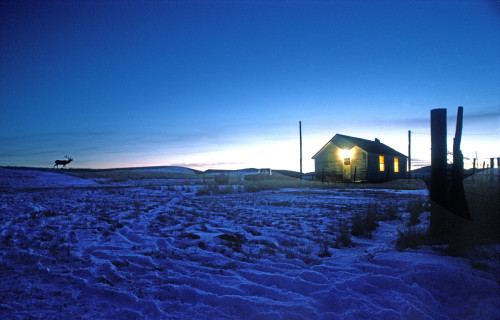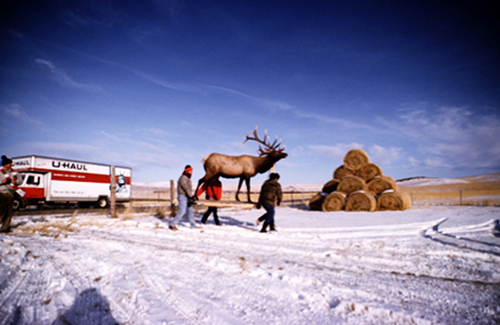 A couple of years ago I was sitting in the doctor’s office waiting ‘patiently’ for my turn. Laying on a table next to me was a Digital Photography magazine just waiting for me to pick it up. It was calling to me since on the cover, in big, bold, red print, was the title of an article called 100 Plug-Ins for taking better pictures.
A couple of years ago I was sitting in the doctor’s office waiting ‘patiently’ for my turn. Laying on a table next to me was a Digital Photography magazine just waiting for me to pick it up. It was calling to me since on the cover, in big, bold, red print, was the title of an article called 100 Plug-Ins for taking better pictures.
Wow, I thought. So many ways to help you take better photos. I started reading the article with ‘bulging eyes’. I couldn’t believe that there were that many ways to manipulate a photograph. There were plug-ins to add lightning, natural light (nothing like natural light), rain, snow, mist , fog, reflective and refractive depth effects, etc, etc, etc.
Stupid me! I thought only the big guy upstairs could create lightning.
One company even said that their effects would “light your creativity on fire”. Another promised to “add style and class to your photography”. Not a bad thing!!!
YIKES!!!! What happened to plain old ‘classic’ photography?
In both my online school with the BPSOP, and my “Stretching Your Frame of Mind” workshop I conduct around the globe, there’s always students that picked up photography five or six years ago and never experienced what it was like before the days of digital cameras and Adobe Photoshop; when Adobe was a type of house in the southwest aprt of the USA. Well, in my classes, there’s no post processing allowed. It’s quite a challenge, and to many a welcomed one to have to submit pictures straight out of the camera. They are not allowed to make any changes or crop their images. I want them to become better photographers, not better ‘photo technicians’…digital artists.
By the way, as long as you crop your photos you’ll never become aware of the edges of your frame. This will definitely make it harder to take your imagery “Up a Notch”.
But I digress.
As I was saying, the magazine article sparked an idea. In a week, I was leaving to do a workshop, and I decided to create a PowerPoint presentation to start showing my fellow photographers.
As I might have said in other posts in this category, over the years I often had one of my assistants shoot production pictures while on photo shoots. As a result, we had the set-ups (how we did it) and the finished photo, so I was able to show a wide range of assignments.
Remember that all these pictures were shot ‘in the camera’ with absolutely no post-processing. In those days you actually had to think on your own, without a plug-in to “light your creativity on fire”.
This photo was shot for a company named CompuServe and the premise was that no matter where you lived, as long as you had electricity you could connect to the Internet. After sending out several location scouts, we decided on Montana (in February no less). The house was deserted, so we brought in lights and a generator.
Shown above is the finished shot, and below is how we did it.
Visit my brand new website at: www.joebaraban.com, and check out my workshop schedule at the top of this blog. Come shoot with me sometime.
JoeB






Joe, I am curious:
why is the snow so blue? Is this just the reflection of the blue sky? You wrote this was taken at sunrise, so was this just before sunrise when the (twi)light is still blue? (Or did you use some sort of filter?)
Thilo
Thilo,
You have to remember that the posts I submit under the category called “Life before Photoshop” were also done before the digital era. These photographs were shot on film, so we had to deal with Reciprocity Failure. Here’s a link to a very good explanation of how it worked. Basically, the longer the exposure, the more the color was going to shift:
http://www.geofflawrence.com/photography_tutorial_reciprocity_failure.htm
By the way, this photo was shot with a very long exposure to get everything in focus from the snow in the foreground to the Elk. That long exposure is what makes it look cold and blue. Also, underexposed snow will appear blue. I knew it was going to happen so I didn’t need to use a filter.
Joe
Thilo,
I forgot to mention that the reflection of the sky also added in the bluish tint to the snow.
I’ve been surfing online more than three hours today, yet I never found any interesting article like yours.
It is pretty worth enough for me. Personally, if all web owners and bloggers
made good content as you did, the internet will be much more useful
than ever before.
Thanks Dean,
I hope you come back. I put out a new post every five days, so there’s lots of information.
JoeB